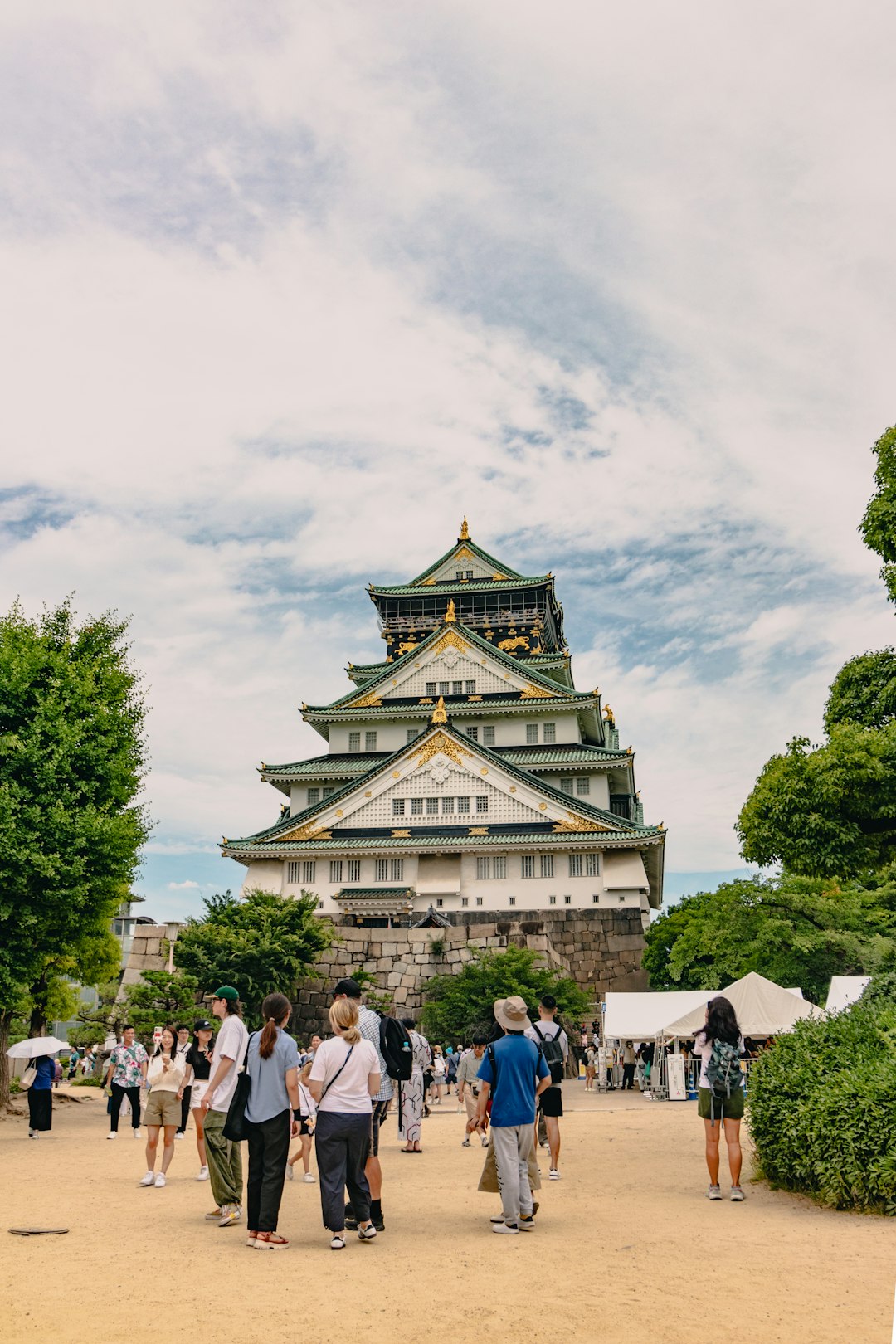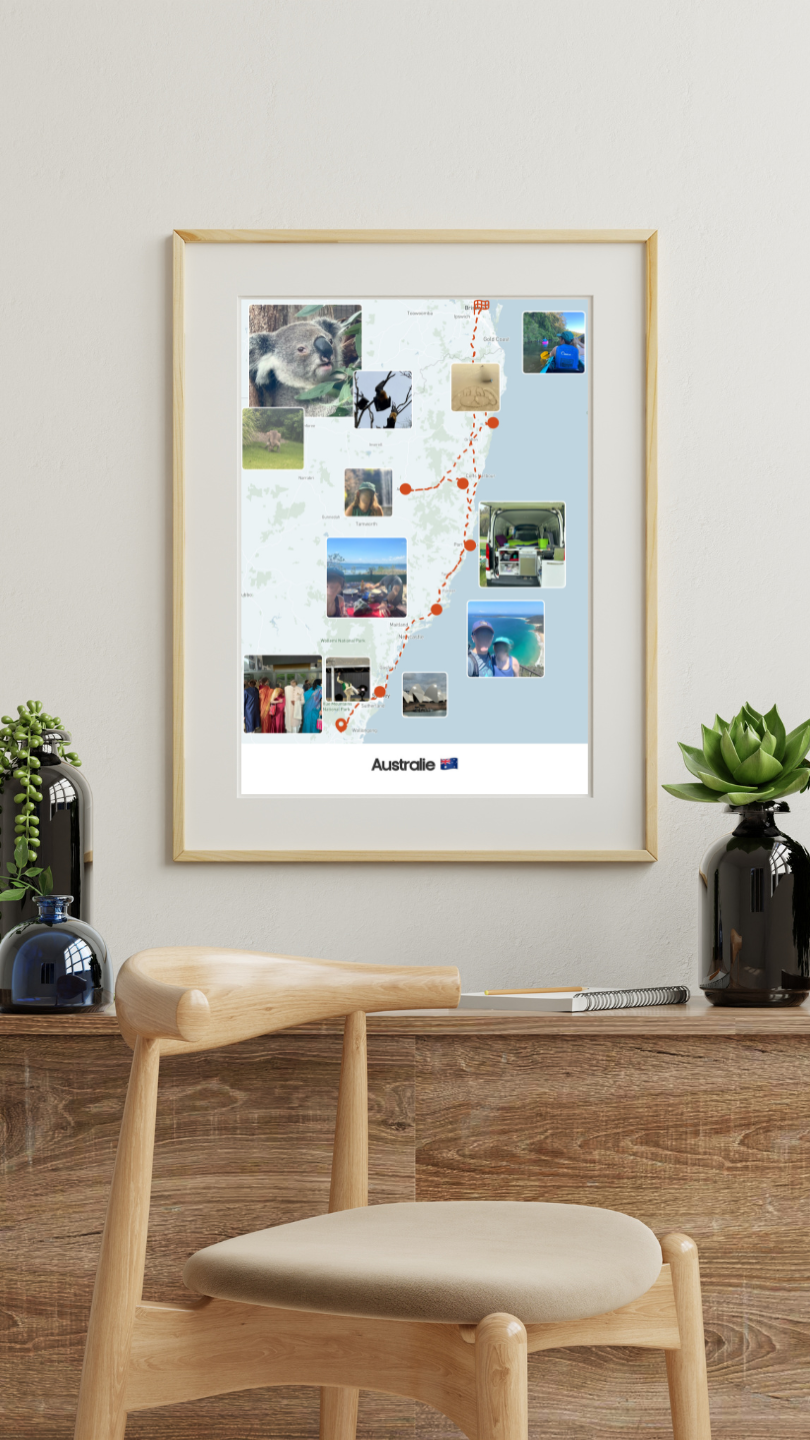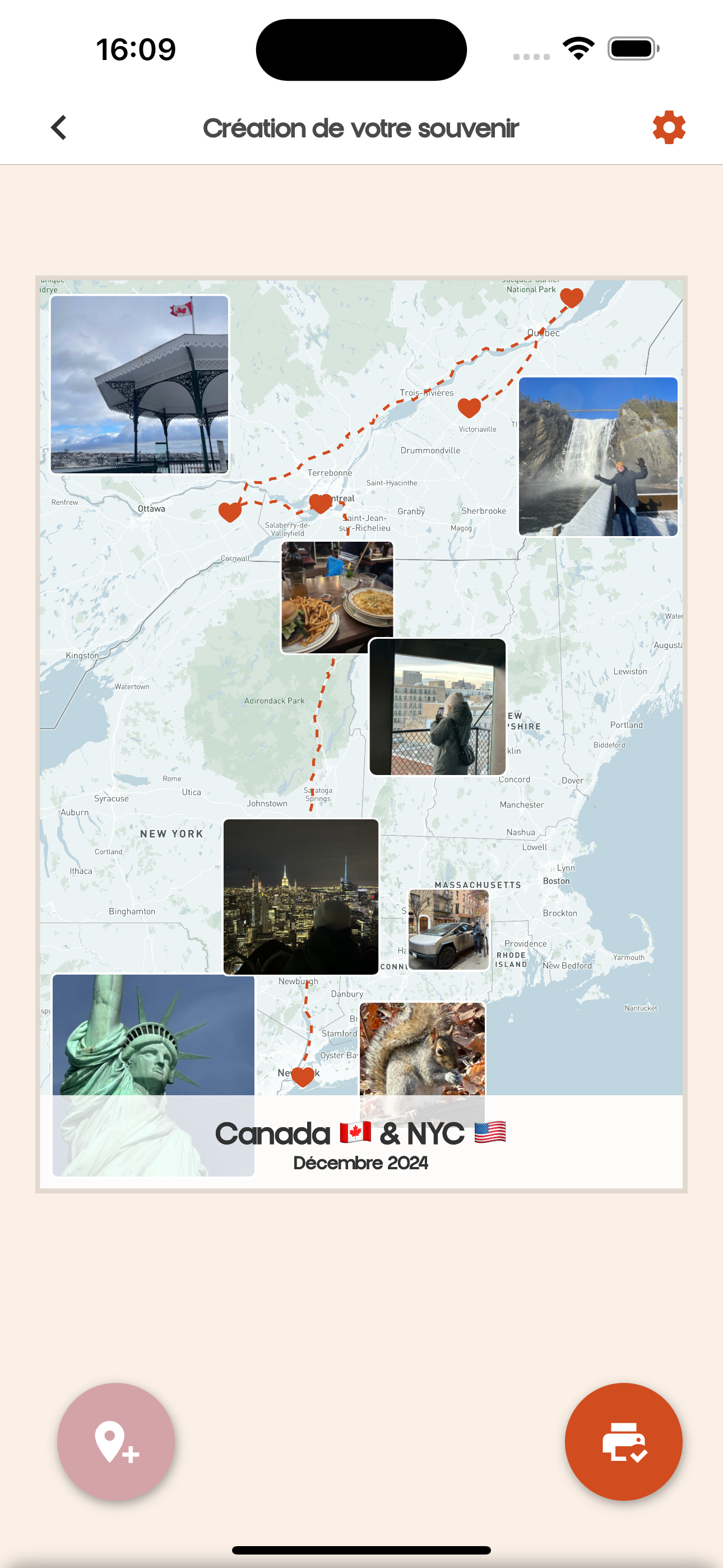Japan, a land of ancient traditions and captivating modernity, is a dream destination for travelers around the globe. 🌏 From ancient temples to modern skyscrapers, serene countryside landscapes to the vibrant animations of big cities, Japan offers a multitude of must-see sites. In this article, we provide a comprehensive guide on the essential places to discover during your trip to Japan.

Introduction - What to Visit in Japan
1. Tokyo: The Eclectic Capital - What to Visit in Japan
Tokyo, the capital of Japan, is a dynamic metropolis that combines modernity and tradition. You cannot visit Tokyo without exploring some of its iconic neighborhoods. Here are the must-sees:
- Shibuya: Known for its famous crossing and trendy boutiques.
- Shinjuku: Lively area with skyscrapers, bars, and restaurants.
- Asakusa: Visit Senso-ji, Tokyo's oldest temple.
- Akihabara: A paradise for anime and video game fans.
- Harajuku: A unique and colorful fashion district.
- Tokyo Skytree: For breathtaking city views.
- Tsukiji: A fish market, perfect for tasting fresh sushi.
- Ueno Park: An oasis with a zoo and museums.
- Odaiba: A futuristic island with unique attractions.
- Ginza: The luxury shopping district.
2. Kyoto: The City of Temples - What to Visit in Japan
Kyoto, the former capital of Japan, is famous for its temples, zen gardens, and traditional streets. Here are the must-visit places:
- Kinkaku-ji: The Golden Pavilion, a magnificent temple surrounded by a pond and gardens.
- Kiyomizu-dera: A temple offering stunning views over the city.
- Fushimi Inari-taisha: Known for its thousands of red torii gates.
- Arashiyama: Famous for its bamboo forest and monkey park.
- Gion: A traditional neighborhood where you might encounter geishas.
- Nijo Castle: A historic castle with beautiful gardens.
- Philosopher's Path: A picturesque walkway lined with cherry blossoms.
- Tenryu-ji: A UNESCO World Heritage zen temple.
- Heian Shrine: With beautiful gardens and distinctive architecture.
- Silver Pavilion (Ginkaku-ji): Famous for its peaceful garden.
3. Osaka: The Kingdom of Gastronomy - What to Visit in Japan
Osaka is often considered the food capital of Japan. With its iconic dishes, you cannot miss these places:
- Dotonbori: A lively area famous for its street food.
- Osaka Castle: A majestic castle offering panoramic views.
- Universal Studios Japan: A must-visit amusement park.
- Shitenno-ji: One of Japan's oldest temples.
- Abeno Harukas: The tallest building in the country for an incredible view.
- Tsutenkaku: The iconic tower of Osaka.
- Sumiyoshi Taisha: An ancient shrine full of traditions.
- Osaka Aquarium Kaiyukan: One of the largest aquariums in the world.
- Shopping in Namba: One of the city's main shopping districts.
- Kuromon Ichiba Market: A covered market with local specialties.
4. Hokkaido: Nature and Adventure - What to Visit in Japan
Hokkaido is the northernmost region of Japan and is known for its natural landscapes and outdoor activities. Here are the places you should explore:
- Sapporo: Known for its beer and snow festival.
- Niseko: A famous skiing destination worldwide.
- Daisetsuzan National Park: For stunning hikes and alpine scenery.
- Otaru: A port city known for its canals and glass.
- Furano: Famous for its lavender fields.
- Lake Toya: For spectacular views and hot springs.
- Hakodate: With its famous fish market.
- Shiretoko: A UNESCO World Heritage site rich in biodiversity.
- Chitose: Known for its airport and attractions.
- Asahiyama Zoo: A popular zoo with unique exhibits.
5. Okinawa: Tropical Paradise - What to Visit in Japan
Okinawa is known for its stunning beaches, unique culture, and tropical climate. Here are essential sites not to miss:
- Shuri Castle: A symbol of Okinawa's history.
- Naminoue Beach: A beautiful beach in the city.
- Kerama Islands: Ideal for diving and water activities.
- Yanbaru National Park: For nature and hiking.
- Okichan Theater: To discover dolphins.
- Manza Beach: A dream spot to relax.
- Okinawa Prefectural Museum: To learn more about the local history.
- Ie Island: For its beaches and tranquil atmosphere.
- Okinawa Marine Park: For water sports.
- Okinawa Battlefield Area: For a glimpse of military history.
Conclusion - What to Visit in Japan
Japan is a country that has so much to offer every type of traveler. Whether you are passionate about history, a nature lover, or simply seeking new flavors, you will find happiness. By exploring the different regions, you can discover the richness of Japanese culture and create unforgettable memories. Ready to plan your trip? 📅
FAQ - What to Visit in Japan
1. What is the best time to visit Japan?
The best time to visit Japan is generally in spring, from March to May, and in autumn, from September to November. In spring, cherry blossoms create a picturesque landscape, attracting many tourists. The Hanami festivals celebrating cherry blossoms are also very popular. In autumn, the changing foliage brings natural beauty with vibrant colors. Though these seasons are the busiest, there are also benefits to visiting in summer, such as vibrant matsuri (festivals), or in winter for skiing, notably in Hokkaido.
2. What culinary specialties should not be missed in Japan?
Japanese cuisine is renowned for its freshness and diversity. Among the must-try dishes are sushi, sashimi, ramen, udon, and tempura. Okonomiyaki and takoyaki are specialties from Osaka that must be tried. Regional dishes vary, so don't hesitate to taste local specialties during your visit. Desserts like mochi and dorayaki add to the culinary experience. Izakayas (Japanese tapas bars) also offer a wide range of delicious shareable dishes.
3. How to travel efficiently in Japan?
Japan has a well-developed and efficient transportation system. Trains are the most popular means for getting around, especially the Shinkansen (bullet train), which connects major cities. Rail passes, such as the Japan Rail Pass, can be very cost-effective for travelers. In cities, subways and buses are also very convenient. Analyzing transport options in each city before departure can optimize your travels. The Hyperdia app will be useful for planning your routes.
4. What are the politeness gestures to respect in Japan?
Politeness and respect for traditions are essential in Japan. For example, it is common to bow when greeting someone instead of shaking hands. When entering a home or temple, remove your shoes. In restaurants, do not stick your chopsticks upright in rice, as this refers to funeral rituals. When using public transport, it is best to remain quiet and not talk on the phone. Finally, address people with their respective titles to show respect.
5. What souvenirs should I bring back from Japan?
When visiting Japan, you will have plenty of options for unique souvenirs. Handmade items such as Japanese pottery, kimonos, and fans are highly sought after. Foodies will appreciate matcha (green tea) or local candies. Maneki-neko (lucky cat) figurines and Kokeshi dolls are also popular souvenirs. Don’t forget anime and manga-inspired items if that interests you. Lastly, washi (Japanese paper) is a beautiful item to bring back.
6. Which Japanese cities are the most recommended?
Aside from must-see places like Tokyo, Kyoto, and Osaka, Japan is filled with incredible cities to discover. Hiroshima is famous for its Peace Memorial Park and its history, while Nagasaki evokes memories of port culture. Nara, known for its free-roaming deer, also houses UNESCO-listed temples. Kanazawa is a cultural treasure with its gardens and traditional crafts. Fukuoka is also vibrant, rich in gastronomy. Each city offers a unique experience, so explore them all based on your interests.
7. What are the advantages of an organized trip to Japan?
An organized trip allows you to fully enjoy your stay without worrying about logistics. Expert guides provide enriching information about sites, history, and culture. This also reduces stress related to planning transport, accommodation, and meals. Groups can access exclusive encounters and unique activities not available to individuals. Moreover, an organized trip facilitates interactions with other travelers, making the experience more social. That said, independent travel allows for greater flexibility to adjust your itinerary according to your desires.
8. What are the main Japanese social networks?
In Japan, users are very active on social media. LINE is the most popular messaging service used for communicating and sharing information. Twitter and Instagram are also widely used for sharing visual experiences and interacting with friends. Facebook is less popular but is still used by some for professional purposes. Additionally, platforms like Pixiv are popular among artists and anime enthusiasts. Social media plays a significant role in sharing Japanese culture and trends.
9. Is it easy to communicate in English in Japan?
Although English is taught in schools, proficiency can vary by region and generation. In major cities like Tokyo and Osaka, many people speak English, especially in tourist areas. However, in rural areas, English comprehension may be limited. It's advisable to learn a few basic words in Japanese to facilitate exchanges. Bringing a mobile translator or using translation apps can greatly improve communication.
10. How to prepare for a trip to Japan?
To ensure a successful trip to Japan, start by defining your itinerary based on your interests. Select the cities you wish to visit and the activities you want to do. Check visa requirements based on your nationality and consider purchasing travel insurance. Book your accommodations in advance, especially during peak tourist seasons. Equip yourself with a transport card to facilitate your travels by subway and train. Don’t forget to research culture and customs to better appreciate your journey. Finally, plan expenses and a budget for food and souvenirs.






